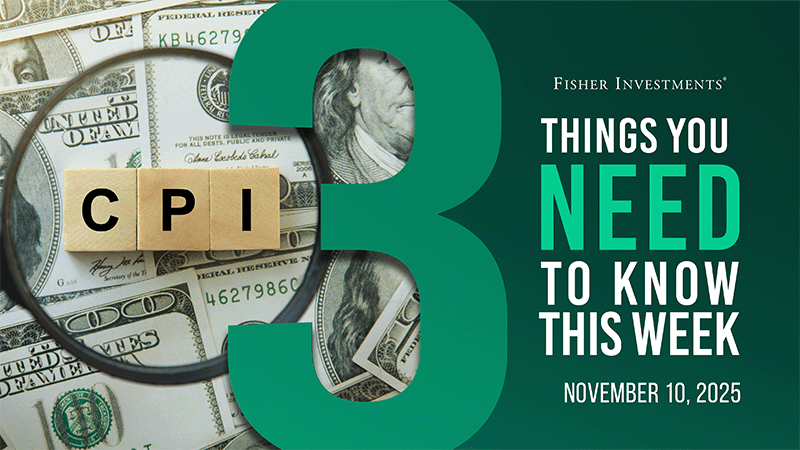The PRO Difference
PRO participants receive the benefit of actively managed investment funds advised or managed by Fisher Investments’ Investment Policy Committee (IPC).
This helps allow for cohesive and effectively communicated management. Our actively managed funds can also help provide risk controls if we forecast a change in market conditions.
PRO Benefits Participants and Plan Sponsors
Accessible as a Default or Opt-In Solution:
Available to a retirement plan as an affordable qualified default investment alternative (QDIA) or as an additional election option for participants.
Personalized Participant Allocations:
Personalized participant allocations: PRO provides personalized asset allocations for each individual participant, using information provided by the recordkeeper. PRO implements and monitors personalized asset allocations without requiring participant engagement.
Streamlined Benchmarking:
PRO’s consistent and streamlined portfolio-construction approach gives participants diversification without complexity. Our approach allows easy benchmarking capabilities for plan sponsors and their retirement advisers.
Easy Engagement:
PRO offers an easy-to-use online portal for participants who would like a better understanding of their retirement outlook. Participants can easily provide additional information (such as spousal age and outside income) that could further help refine their personal asset allocations.






